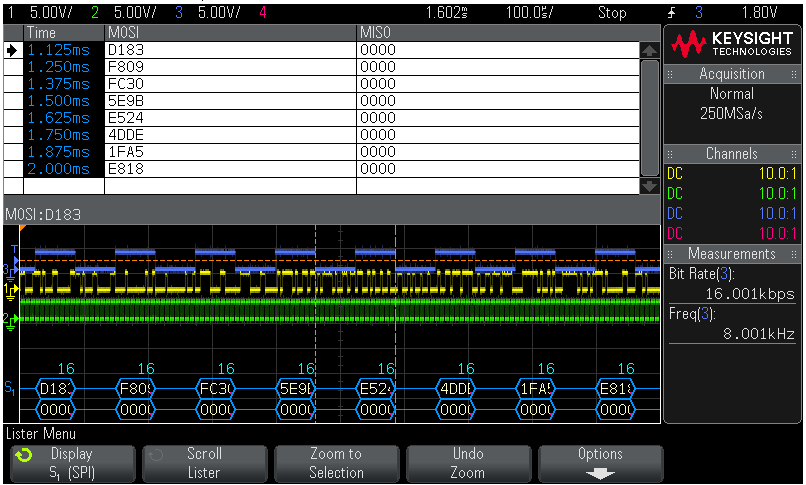Bit Serial Data
Serial Port I/O (External Interfaces/API) External Interfaces/API Serial Data Format The serial data format includes one start bit, between five and eight data bits, and one stop bit. A parity bit and an additional stop bit might be included in the format as well. The diagram below illustrates the serial data format. The format for serial port data is often expressed using the following notation number of data bits - parity type - number of stop bits For example, 8-N-1 is interpreted as eight data bits, no parity bit, and one stop bit, while 7-E-2 is interpreted as seven data bits, even parity, and two stop bits. The data bits are often referred to as a character because these bits usually represent an ASCII character. The remaining bits are called framing bits because they frame the data bits. Bytes Versus Values The collection of bits that comprise the serial data format is called a byte.

BMW Battery Replacement – BSD Wire Disconnected, Negative Battery Cable. Replaced at Firestone and I noticed the Bit Serial Data Interface wire was not connected. Serial Port Overview. What Is Serial Communication? Fritzbox 7113 Handbuch Pdf - The Best Free Software For Your. The serial data format includes one start bit, between five and eight data bits, and one stop bit.

At first, this term might seem inaccurate because a byte is 8 bits and the serial data format can range between 7 bits and 12 bits. However, when serial data is stored on your computer, the framing bits are stripped away, and only the data bits are retained. Moreover, eight data bits are always used regardless of the number of data bits specified for transmission, with the unused bits assigned a value of 0. When reading or writing data, you might need to specify a value, which can consist of one or more bytes. For example, if you read one value from a device using the int32 format, then that value consists of four bytes. For more information about reading and writing values, refer to.
Synchronous and Asynchronous Communication The RS-232 standard supports two types of communication protocols: synchronous and asynchronous. Using the synchronous protocol, all transmitted bits are synchronized to a common clock signal.
The two devices initially synchronize themselves to each other, and then continually send characters to stay synchronized. Even when actual data is not really being sent, a constant flow of bits allows each device to know where the other is at any given time. That is, each bit that is sent is either actual data or an idle character. Synchronous communications allows faster data transfer rates than asynchronous methods, because additional bits to mark the beginning and end of each data byte are not required. Using the asynchronous protocol, each device uses its own internal clock resulting in bytes that are transferred at arbitrary times.
So, instead of using time as a way to synchronize the bits, the data format is used. Sky Go Crack Serial Keygen Download For Idm. In particular, the data transmission is synchronized using the start bit of the word, while one or more stop bits indicate the end of the word.
The requirement to send these additional bits causes asynchronous communications to be slightly slower than synchronous. However, it has the advantage that the processor does not have to deal with the additional idle characters.
Most serial ports operate asynchronously. Note When used in this guide, the terms 'synchronous' and 'asynchronous' refer to whether read or write operations block access to the MATLAB command line. Refer to for more information. How Are the Bits Transmitted? By definition, serial data is transmitted one bit at a time. The order in which the bits are transmitted is given below: • The start bit is transmitted with a value of 0. • The data bits are transmitted.
The first data bit corresponds to the least significant bit (LSB), while the last data bit corresponds to the most significant bit (MSB). • The parity bit (if defined) is transmitted. • One or two stop bits are transmitted, each with a value of 1. The number of bits transferred per second is given by the baud rate. The transferred bits include the start bit, the data bits, the parity bit (if defined), and the stop bits. Rabies Vaccine Serial Numbers on this page. Start and Stop Bits As described in, most serial ports operate asynchronously.
Most Popular Articles